Hi there, pet lovers! 🦎
Have you ever dreamed of owning a pet that looks like a tiny dragon? The Red-Eyed Crocodile Skink might just be your dream come true! These fascinating creatures are among the most unique and striking reptiles you’ll find, with their bright orange eye markings and armored, dragon-like appearance. But are they the right pet for you? Let’s find out!
Overview
Red-Eyed Crocodile Skinks (Tribolonotus gracilis) are small, terrestrial lizards native to the tropical rainforests of New Guinea and surrounding islands. They are known for their striking appearance, including their armored, crocodile-like scales and vibrant orange eye markings. These skinks are semi-fossorial, meaning they spend much of their time burrowing or hiding under leaf litter and debris in their natural habitat. Their unique look and secretive nature make them a fascinating species for reptile enthusiasts, though their care requirements reflect their need for a humid, forest-like environment.
Here’s a quick summary of what makes them stand out:
- Handling and Temperament: Shy and reclusive, not ideal for frequent handling.
- Care and Maintenance: Moderate care requirements, with a focus on high humidity and proper enclosure setup.
- Health and Durability: Sensitive to stress and environmental changes, with a relatively short lifespan.
- Availability: Rare and not commonly found in pet stores; best sourced from specialized breeders.
- Cost: Higher upfront costs due to their rarity, but moderate enclosure setup expenses.
- Overall: A unique and visually stunning pet for experienced reptile keepers who appreciate observing rather than handling.
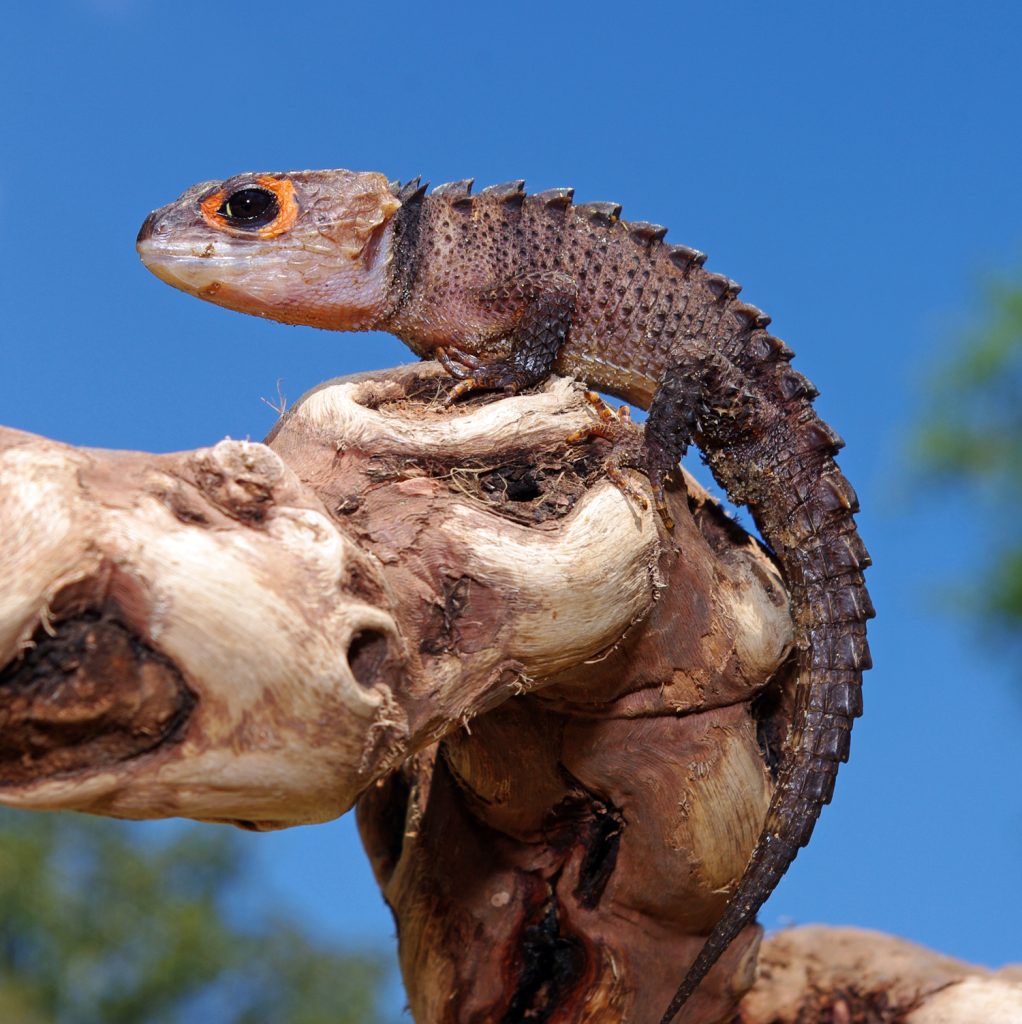
Why Choose a Red-Eyed Crocodile Skink?
Red-Eyed Crocodile Skinks are perfect for reptile enthusiasts who want a pet that feels like owning a miniature dragon. Their striking appearance and fascinating behaviors make them a captivating addition to any reptile collection. However, they are not the most interactive pets and are best suited for keepers who enjoy observing their animals rather than handling them frequently. Their care requirements, while manageable, demand attention to detail, particularly when it comes to maintaining humidity and providing a stress-free environment.
Handling and Temperament
Red-Eyed Crocodile Skinks are not known for their social nature. They are shy, reclusive creatures that prefer to hide rather than interact with their keepers. When handled, they often exhibit a unique defense mechanism: they “play dead” by freezing completely still. While this might make them seem easy to handle, it’s actually a sign of stress. They are also known to vocalize when stressed, emitting a small squeak or chirp, which is fascinating but not ideal for their well-being.
Key Points About Handling
- Shy and Reclusive: These skinks are not interactive pets and prefer to be left alone.
- Stress Indicators: Playing dead or vocalizing are signs of stress, so handling should be kept to a minimum.
- Escape Artists: They are quick to dart away when given the opportunity, so handling should be done in a secure area.
Handling Tips
- Handle them only when necessary, such as during enclosure cleaning or health checks.
- Avoid handing them to small children, as their delicate nature and stress responses make them unsuitable for inexperienced handlers.
- Always handle them gently and in a controlled environment to prevent escapes.
Care and Maintenance
Caring for Red-Eyed Crocodile Skinks requires attention to detail, particularly when it comes to their enclosure setup and humidity levels. While they are not the most demanding reptiles, their specific needs must be met to ensure their health and well-being.
Enclosure Setup
- Size: A 10-20 gallon enclosure is suitable for a single skink, but larger is always better if space allows.
- Climbing Space: While they are not arboreal, they do appreciate some vertical space and hiding spots. Provide branches, cork bark, and foliage for enrichment.
- Substrate: Use moisture-retaining substrates like coconut fiber or sphagnum moss to maintain humidity.
- Hiding Spots: Multiple hides are essential to make them feel secure. Use non-decaying materials like cork bark or plastic hides.
Humidity and Temperature
- Humidity: These skinks require high humidity levels (70-90%). Regular misting and a sealed enclosure are necessary to maintain these levels.
- Temperature: They thrive at cooler temperatures (72-78°F during the day, with a slight drop at night). Avoid overheating, as temperatures above 80°F can be harmful.
Feeding
- Diet: Red-Eyed Crocodile Skinks are insectivores and thrive on a diet of live prey, including earthworms, crickets, dubia roaches, and small mealworms.
- Feeding Schedule: Offer food 2-3 times a week, ensuring prey items are appropriately sized and gut-loaded for optimal nutrition.
- Supplements: Dust insects with calcium and vitamin D3 supplements to prevent nutritional deficiencies.
Lighting
- UVB Lighting: While not strictly necessary, low-level UVB lighting can benefit their overall health. Ensure the enclosure does not overheat with the addition of UVB lighting.

Health and Durability
Red-Eyed Crocodile Skinks are relatively hardy when their care requirements are met, but they are sensitive to stress and environmental changes. Captive-bred individuals are generally healthier and less prone to parasites than wild-caught specimens.
Common Health Issues
- Respiratory Infections: Caused by improper humidity levels or poor ventilation.
- Dehydration: Occurs if humidity levels are too low or if they do not have access to a water dish for soaking.
- Stress-Related Illnesses: Frequent handling or improper enclosure setup can lead to stress, which may compromise their immune system.
Preventative Care
- Maintain proper humidity and temperature levels.
- Provide a balanced diet and clean water.
- Minimize handling to reduce stress.
- Regularly clean the enclosure to prevent mold and bacterial growth.
Lifespan
Red-Eyed Crocodile Skinks have a relatively short lifespan, typically living 5-7 years in captivity. This is something to consider if you’re looking for a long-term companion.
Availability and Cost
Red-Eyed Crocodile Skinks are not as readily available as other reptiles, but they can be found through specialized breeders and online reptile stores. Their rarity and unique appearance contribute to their higher upfront cost.
Where to Buy
- Breeders: The best option for obtaining a healthy, captive-bred skink.
- Online Reptile Stores: Reputable online retailers often have these skinks in stock.
- Reptile Expos: While less common, they may occasionally be available at expos.
Cost
- Skink Price: Expect to pay between $150 to $300 for a Red-Eyed Crocodile Skink, depending on availability and the breeder.
- Setup Cost: A basic enclosure setup, including substrate, hides, and lighting, typically costs between $100 to $200.
Pros and Cons
Pros
- Unique Appearance: Their dragon-like look and vibrant eye markings make them one of the most visually stunning reptiles.
- Low Interaction Needs: Perfect for keepers who prefer observing their pets rather than handling them.
- Moderate Care Requirements: While they have specific needs, their care is manageable with proper research and attention.
Cons
- Shy and Reclusive: They are not interactive pets and spend most of their time hiding.
- Sensitive to Stress: Frequent handling or improper care can lead to health issues.
- Short Lifespan: Their lifespan of 5-7 years is shorter than many other reptiles.

Final Thoughts
Red-Eyed Crocodile Skinks are a fantastic choice for experienced reptile keepers who appreciate their unique appearance and low-interaction nature. While they are not the most interactive or long-lived pets, their striking looks and fascinating behaviors make them a rewarding addition to any reptile collection. If you’re willing to meet their specific care requirements and provide a stress-free environment, these miniature dragons can thrive in captivity.
For those considering a Red-Eyed Crocodile Skink, we recommend sourcing one from a reputable breeder and ensuring you have the proper setup before bringing one home. Their rarity and beauty make them a standout choice for dedicated reptile enthusiasts.
Have you owned a Red-Eyed Crocodile Skink? Share your experiences and tips in the comments below! We’d love to hear how you care for your skink and what makes them special to you.
For more reptile care tips and reviews, stay tuned to our blog and don’t forget to subscribe to our newsletter! 🦎

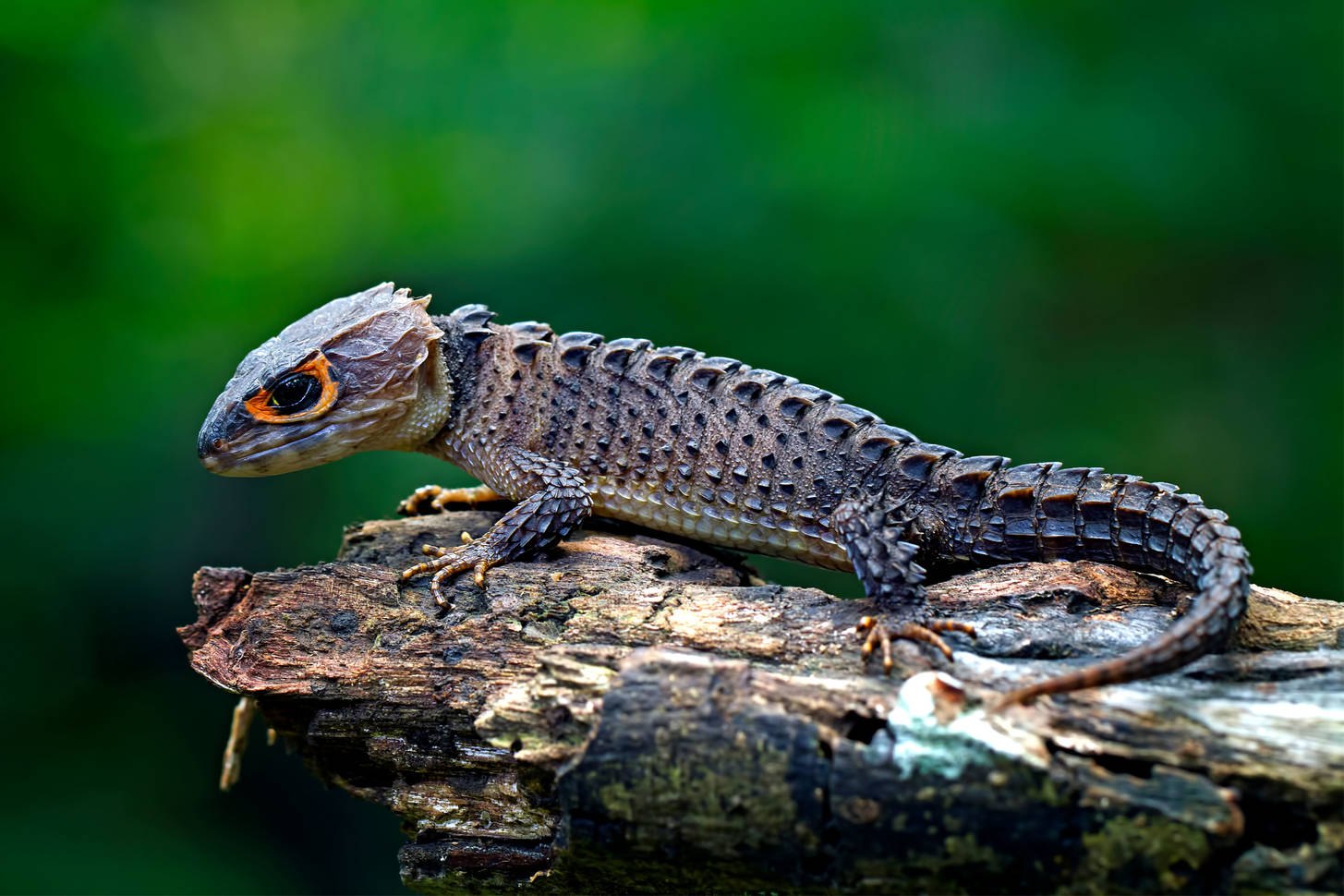

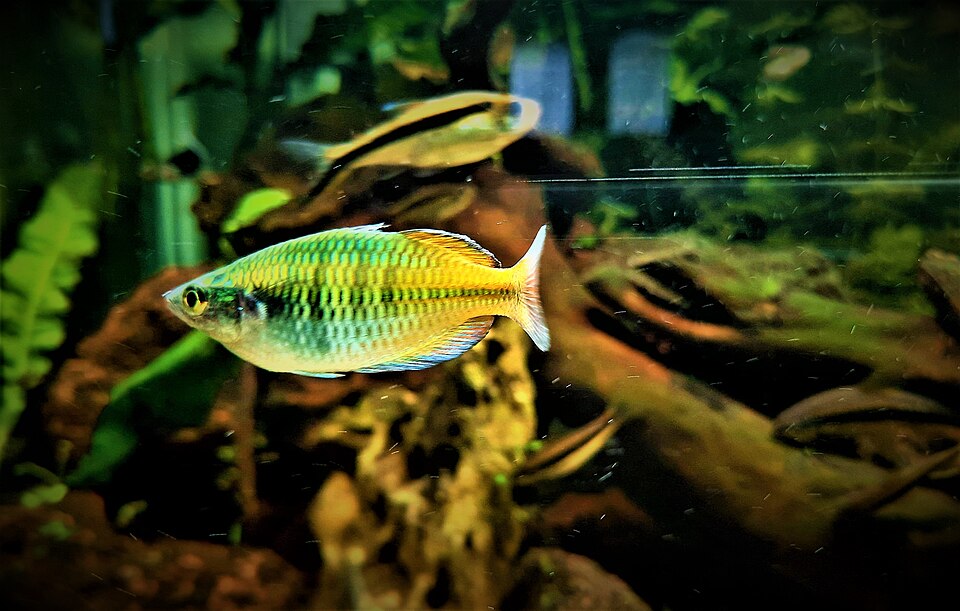
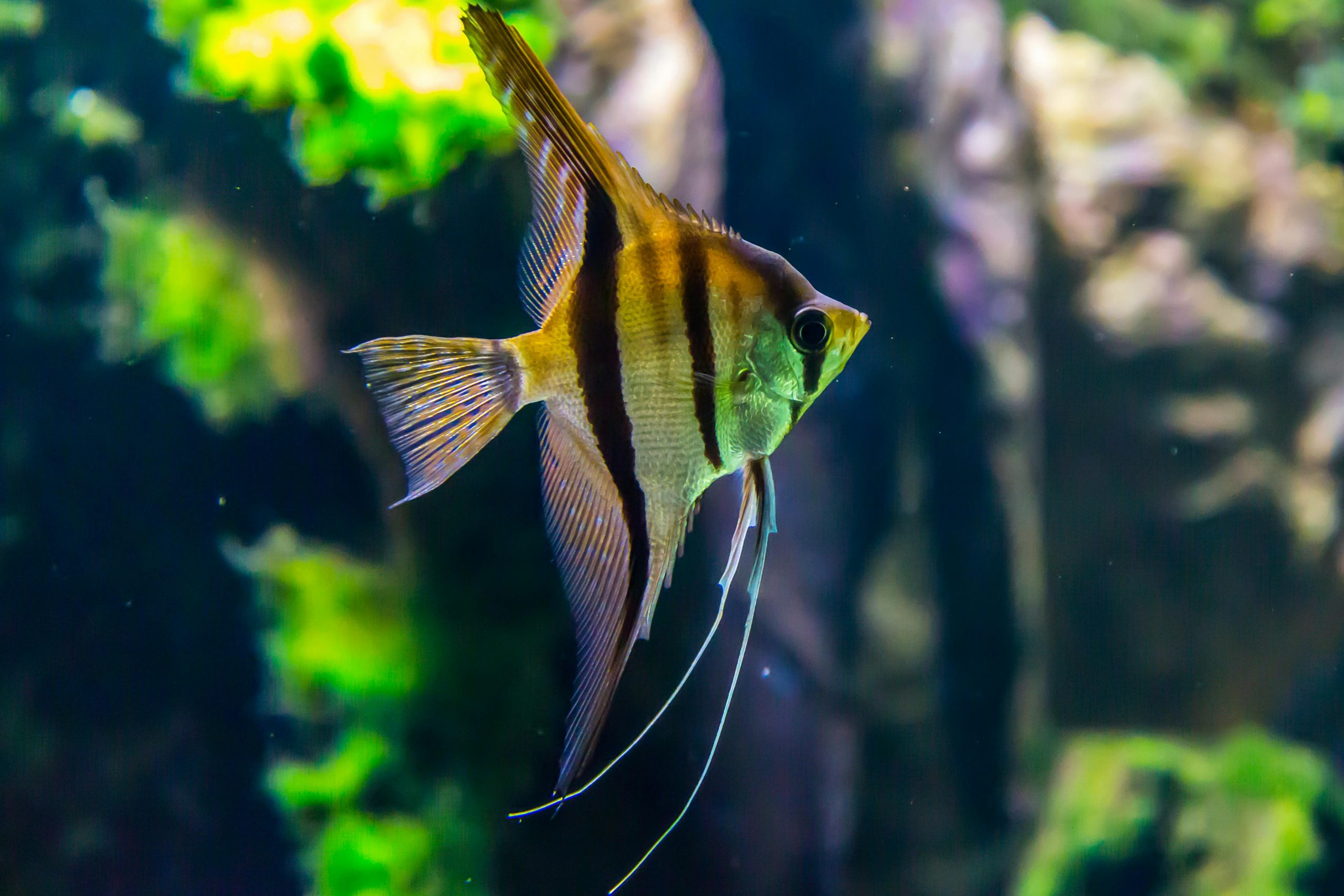
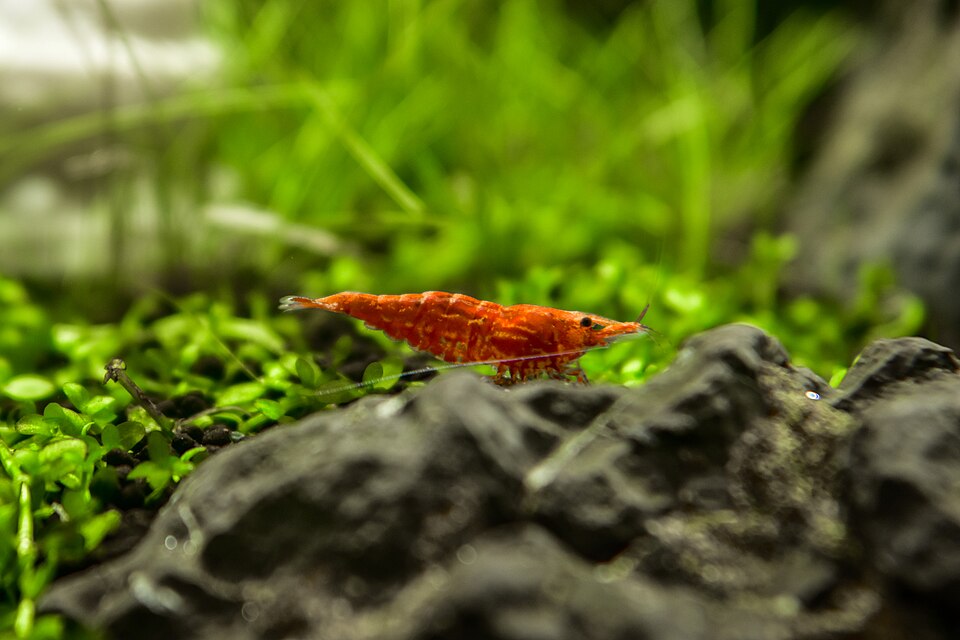

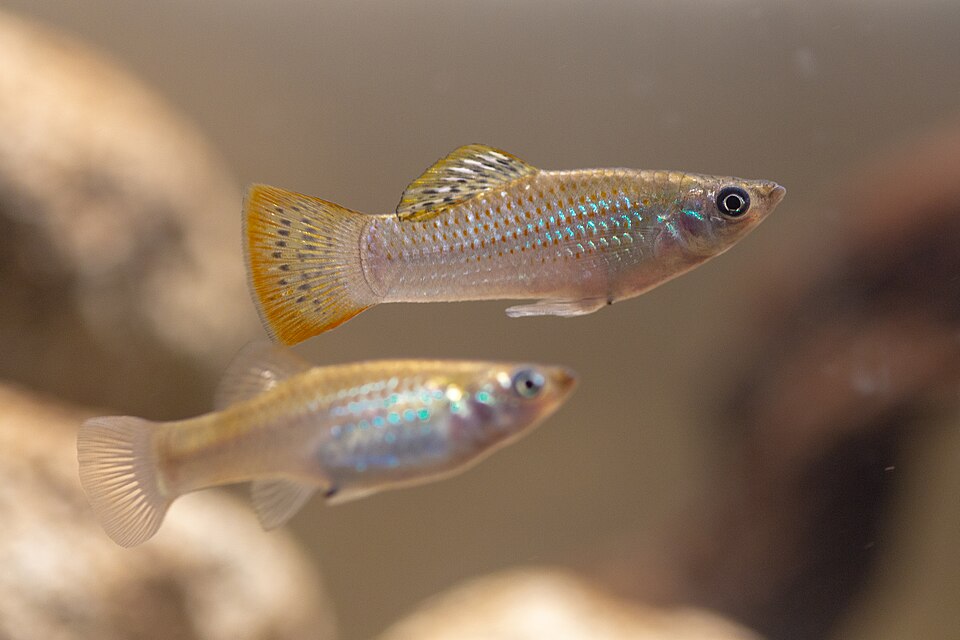
Leave a Reply